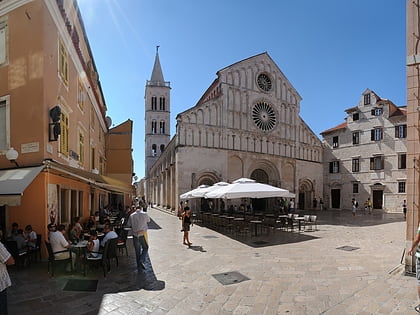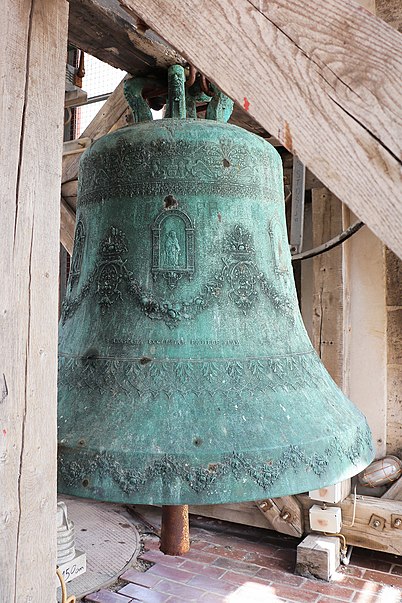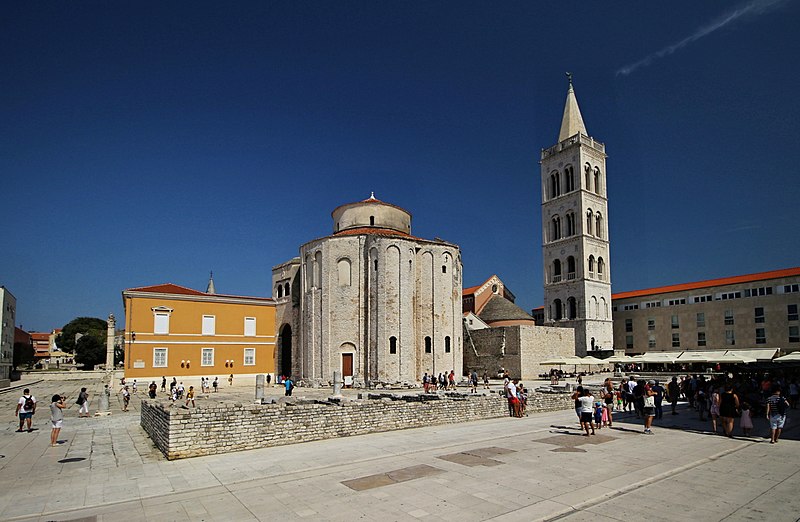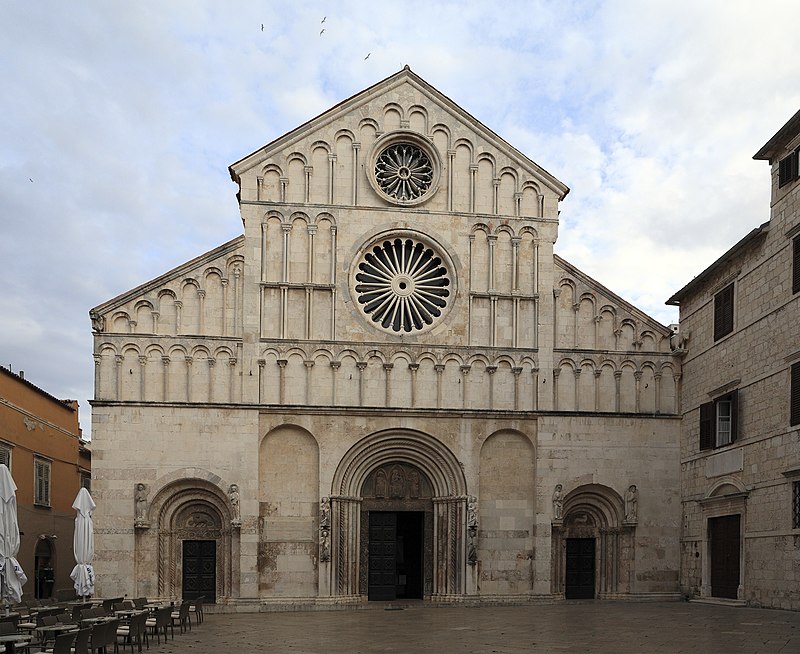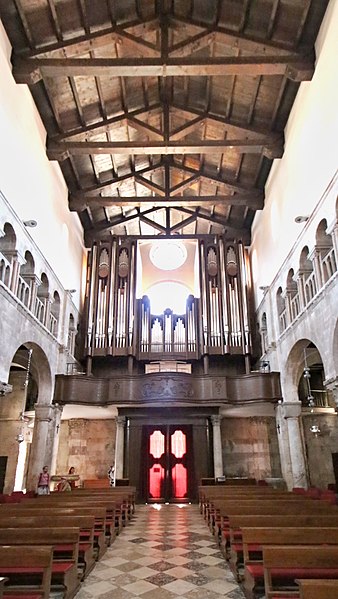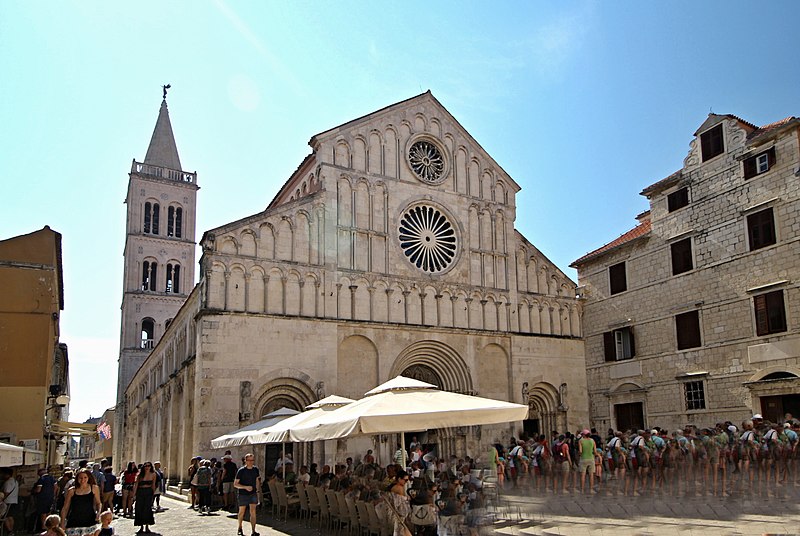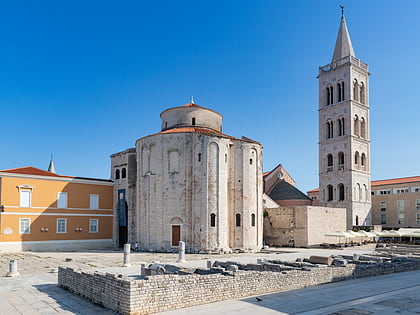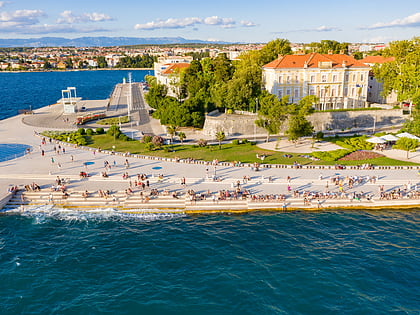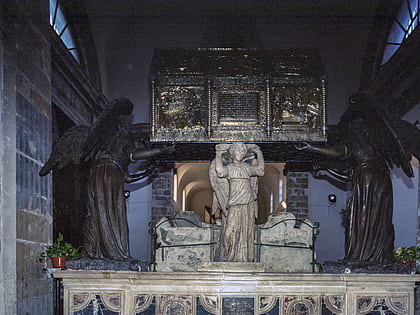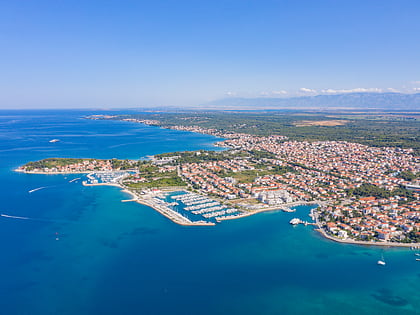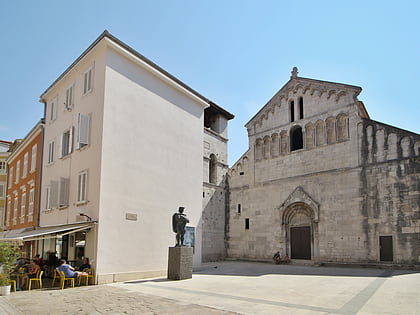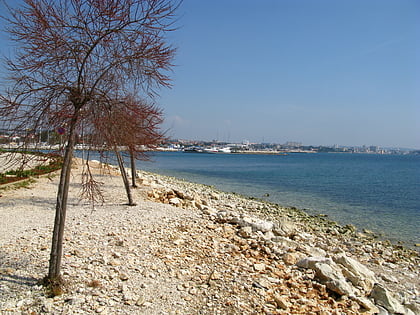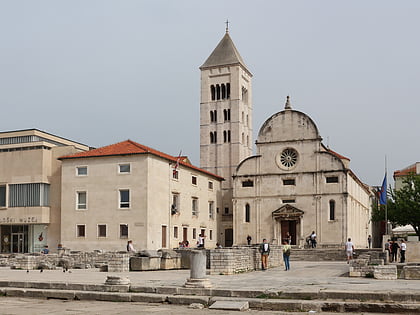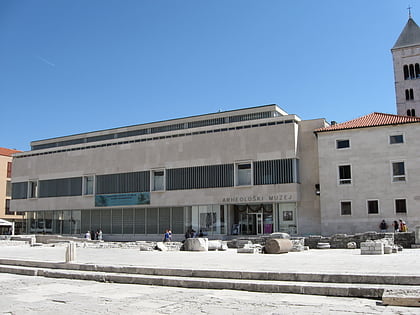Zadar Cathedral, Zadar
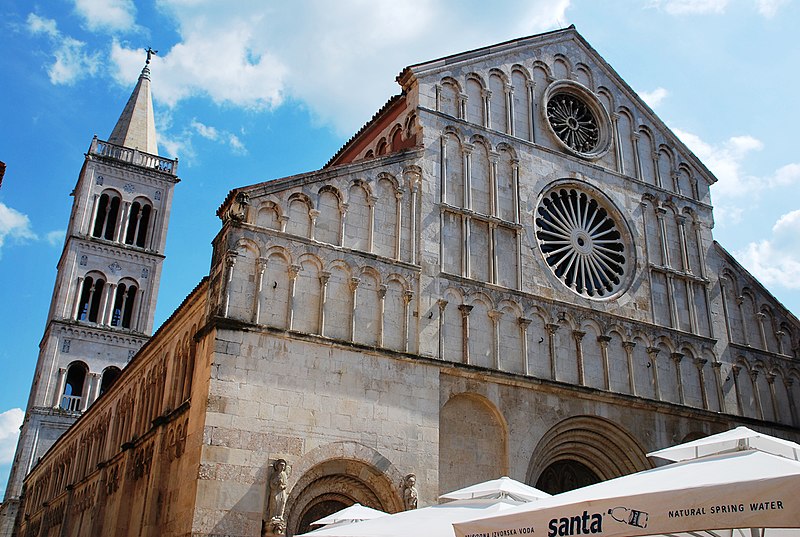
Facts and practical information
The Cathedral of St. Anastasia stands as a monumental symbol of the historic city of Zadar, Croatia. This Roman Catholic cathedral, dedicated to the city's patron saint, is the largest in Dalmatia. Its roots trace back to the 4th and 5th centuries, though the present Romanesque structure that captivates visitors dates from the 12th and 13th centuries, with further Gothic, Renaissance, and Baroque elements added over time.
With its impressive facade and twin bell towers, Zadar Cathedral is a testament to the city's rich architectural heritage. The cathedral's interior is equally striking, featuring a three-nave layout adorned with fine sculptures, paintings, and the remarkable ciborium over the main altar, which dates back to 1324.
Visitors can climb the bell tower for a panoramic view of Zadar and the Adriatic Sea, a vista that has inspired artists and delighted tourists for centuries. The tower, a separate structure completed in the 15th century, offers a unique perspective on the city's terracotta rooftops and the rhythmic ebb and flow of the sea.
Zadar Cathedral is not only a site of historical significance but also a living place of worship and a central figure in the religious life of the local community. It remains open to the public for both sightseeing and liturgical services, allowing visitors to experience the spiritual ambiance that has pervaded its walls for centuries.
Zadar Cathedral – popular in the area (distance from the attraction)
Nearby attractions include: Church of St. Donatus, Greeting to the Sun, Sea organ, Chest of Saint Simeon.
Frequently Asked Questions (FAQ)
Which popular attractions are close to Zadar Cathedral?
How to get to Zadar Cathedral by public transport?
Bus
- Poluotok • Lines: 2 (3 min walk)
- Old central bus station • Lines: Zadar -> Zračna luka Zadar, Zračna luka Zadar -> Zadar (3 min walk)
Ferry
- Vez 5 (4 min walk)
